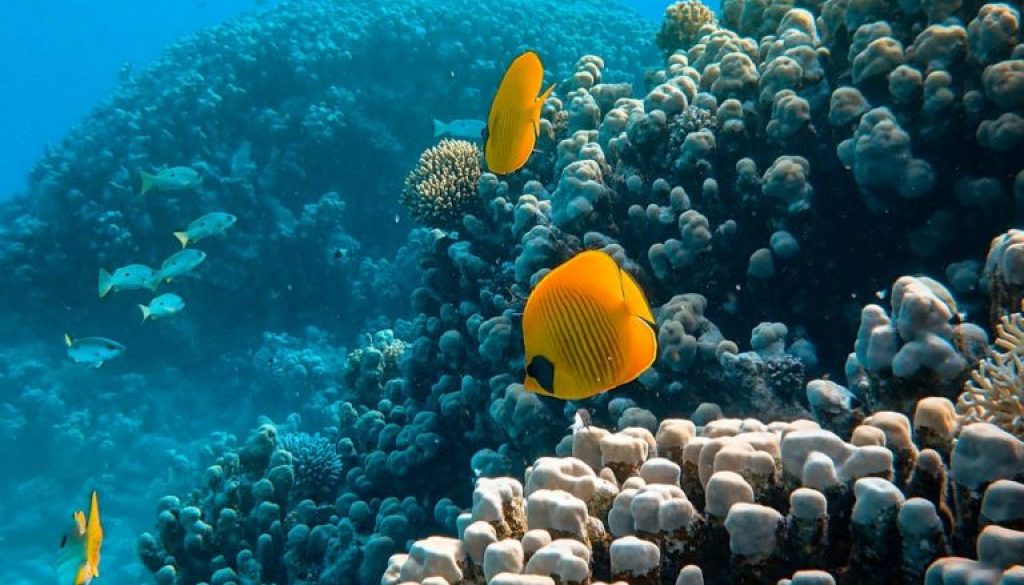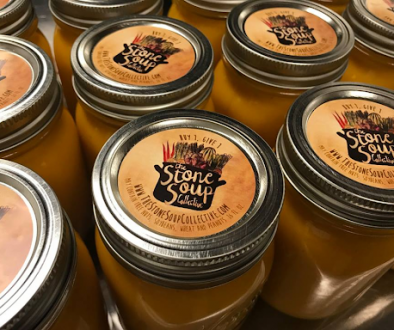Reef Safe Sunscreen
Coral bleaching stems from anthropogenic causes such as rising temperatures in oceans and carbon pollution. However, sunscreen is another catalyst…
One of the main ingredients in sunscreen is oxybenzone. It acts as a UV blocking chemical but is also a direct cause of coral bleaching. Coral bleaching occurs when coral is stressed because of changes in its surrounding conditions; if this stress continues, the coral will eventually die.
Oxybenzone is harmful to coral for a number of reasons because it:
- It lowers the temperature at which corals bleach when exposed to prolonged heat stress
- It is an endocrine disruptor that causes coral larvae to inappropriately enclose themselves in its skeleton (when it shouldn’t have a skeleton at that point of development)
- It is genotoxic because it damages soft tissue and DNA which causes lethal deformities
- It causes coral to lose their symbiotic algal energy source and become more susceptible to viral infections
Oxybenzone (as well as other chemicals that are coupled with it in sunscreen) not only contributes to coral bleaching, but it deforms and kills baby coral so they can’t regenerate. It also not only harms healthy coral, but prevents already damaged coral from being restored. This decreased rate of reproduction is what causes species to become threatened, endangered, or even extinct.
Dead coral reefs are common in parts of the Caribbean tourists frequently visit, while less popular destinations in the area have healthy coral reefs. This is an example of “swimmer pollution” because all of the sunscreen worn by the group of highly concentrated swimmers gets washed off in the ocean. Sunscreen and its harmful chemicals can also damage coral in a more indirect way. Oxybenzone is readily absorbed into the skin and is detected in urine within 30 minutes. So, when a toilet is flushed or sunscreen is washed off in the shower, the chemicals enter the sewer/our waterways.
Globally over 14,000 tons of toxic sunscreen enter the ocean each year!
This study found that other chemicals in sunscreen that contribute to coral bleaching include: butylparaben, ethylhexylmethoxycinnamate, benzophenone-3, and 4-methylbenzylidene camphor (even at small rates). They also estimated about 25% of ingredients applied to the skin are released into the water within a 20 minute submersion period.
Some other chemicals to avoid: octinoxate, avobenzone, avobenzine, octisalate, octocrylene, homosalate, and nanoparticles.
It’s best to choose physical sunscreens that are natural and mineral-based which contain titanium dioxide and/or zinc oxide.
Cover photo by Francesco Ungaro from Pexels .



